#Cultural Architecture
Explore tagged Tumblr posts
Text
Cultural Architecture: NWT Totem Poles - The Specifics Pt. 2

Among most of the totem poles we see throughout the Northern Water Tribe (NWT), four representations appear consistently throughout. For this post, I will be covering the final two.
Koi Fish
The third totem is clearly a koi fish with long whiskers and a marking on its forehead. In other words, it's a reference to the physical forms of the moon and ocean spirit. I can't help but wonder if Aang's realization of Tui and La's true forms was unconsciously informed by the all the koi head totems omnipresent throughout the NWT.
Culturally, koi fish are yet another example of the Chinese influence in the NWT. In Chinese culture, koi represent fame, family harmony and wealth. There's also a famous Chinese folktale about koi fish and other carp:
Along the Yellow River, there is a legendary waterfall that cascades from a magical mountain top known as Longmen (登龍門), meaning the Dragon's Gate. If a carp can swim upstream against the currents and hop over the waterfall into Longmen, the fish will transform into a dragon.
Thus, koi fish can also represent determination, courage, and perseverance. The connection between koi and dragons also strengthens the fan theory that the dragons Ran and Shaw might be the Fire Nation's equivalent to Tui and La. Perhaps the dragons are the spirit of Sun and Fire respectively?
Wolf
The totem beneath the koi depicts a wolf. The wolf head totem also bares a striking resemblance to the headdress that Sokka wears in "Day of the Black Sun" (Season 3, Episode 11). Wolves are prominent figures in the mythologies of many Indigenous American cultures, particularly those whose societies were oriented around hunting.
Within different Inuit groups, wolves are called amarok (multiple groups), amagok (Inuvialuit), and amaguk (Inupiat). These names refer both to normal wolves and to the gigantic, supernatural wolf of Inuit religion. There are two Amarok-focused tales that I'd like to detail in this post:
A persecuted and physically stunted boy seeks to increase his strength. When he calls out to the lord of strength, Amarok appears and wrestles him to the ground with its tail. This causes a number of small bones to fall from the boy's body. The Amarok tells the boy that the bones had prevented his growth; he instructs the boy to return daily in order to develop his strength. After several days of wrestling with the Amarok, the boy is strong enough to overcome three large bears, thus gaining him the esteem of his village.
The land was once full of caribou; the people lived well and were happy. But the hunters only killed those caribou that were big and strong. Soon all that was left were the weak and the sick. The people began to starve. And so they called upon Amorak, the spirit of the wolf, to winnow out the weak and the sick, so that the herd would once again be strong. The people realized that the caribou and the wolf were one, for although the caribou feeds the wolf, it is the wolf that keeps the caribou strong.
From these two stories, we get quite a nuanced conception of what the wolf represents in Inuit culture. While wolves represent strength in many cultures, these tales really emphasize the wolf as a creature that strengthens those around it. Through this worldview, we understand strength not as an innate or individualistic quality, but one that's nurtured through mentorship and interdependence.
This makes Sokka's adoption of wolf imagery during "Day of Black Sun" all the more appropriate. Sokka is certainly not the most powerful character in the show, but his role as the leader strengthens the group as a whole.
Like what I’m doing? Tips always appreciated, never expected. ^_^
https://ko-fi.com/atlaculture
341 notes
·
View notes
Photo

Beijing Performing Arts Centre
– Schmidt Hammer Lassen + Perkins&Will
33 notes
·
View notes
Text


La Suie Cabin Marina Poli + Philippe Paumelle + Richard Trézeux 2024
#architecture#landscape#landscapes#pavilion#coal#timber#structure#cabin#Marina Poli#Philippe Paumelle#Richard Trézeux#Europe#France#wood#2024#landscape architecture#cultural architecture#Faverges
16 notes
·
View notes
Text
"The project takes resource regeneration as its starting point, breathing new life into abandoned spaces: - The red-brick old house in Yujiawan transforms into a cycling station, providing rest stops along the greenway. - The former assembly hall in Zhenzhuquan Village is repurposed into an intangible cultural heritage museum, preserving rural memories. - The site of a Qing Dynasty temple in Chang'andian is reinvented as a café, where rammed-earth walls converse with modern timber structures. - A collapsed residence is reborn as an art restaurant, with steel frameworks harmonizing with native greenery."
#Sui County Hemei Center#UP Architects#China#cultural architecture#renovation#revitalization#reinvention#rammed earth#modern vernacular#brick
0 notes
Photo

Library of Chongqing Electric Power College / Gu Zhihong Studio, AATU
0 notes
Text
1K GIGI Prompts Collections 'Vibrant Bali Collage: Textures, Temples, and Tropical Charm' 5955 Free 10 pages out of 1000 pages
Get Free 10 pages MTMEVE00567G_211_0001 – 1K GIGI Prompts Collections – Vibrant Bali Collage, Textures, Temples, and Tropical Charm 5955 10PagesDownload 1K GIGI Prompts Collections ‘Vibrant Bali Collage: Textures, Temples, and Tropical Charm’ 5955 series provides two documents, one document is 10 pages of prompts in 1000 pages, available for free download. One document is the complete 1000…
#Balinese temples#collage#cultural architecture#layered#lush green landscapes#realism#surrealism#textured#travel destination#vibrant colors
0 notes
Text

Bruges | West Flanders | Belgium.
#bruges#brugge#belgium#belgian#flanders#europe#travel#trip#visit#voyage#city#photo#photographer#photography#canon#history#culture#aesthetic#architecture#street#streetphoto#street photography#place to visit#style#heritage#old city#city trip#pic of the day#visit europe#travel europe
3K notes
·
View notes
Text

Acropolis, Athens (Greece)
#greece#europe#photography#cityscape#parthenon#acropolis#athens#attica#mainland#greek culture#travel#architecture#ruins#wanderlust#ancient greece#nature#original photography#history#culture#unesco
3K notes
·
View notes
Text




Great Synagogue of Edirne, Turkey, photographed by Iris Veldwijk
#jumblr#jewish#jewish photography#jewish culture#jewish architecture#synagogues#sephardic#turkey#my posts
3K notes
·
View notes
Text


#my 📸#vaaveyylla#photography#aesthetic#cottagecore#travel#postlarım#art#landscape#photoblog#flower bouquet#floral#flower#flowers#pinterest#beauty#pastel#nature photopragpy#naturecore#architecture#mountains#paradise#nature#cottage aesthetic#culture
3K notes
·
View notes
Text
Cultural Architecture: NWT Totem Poles - An Overview

In the Northern Water Tribe (NWT), totem poles are commonplace throughout the capitol city. According to Indigenous Foundations:
Totem poles are monuments created by First Nations [and Alaska Natives] of the Pacific Northwest to represent and commemorate ancestry, histories, people, or events... A totem pole typically features symbolic and stylized human, animal, and supernatural forms.
And the totem poles of the NWT are no different. The poles in the NWT are composed of different "segments" that likely represent animals and natural phenomenon of spiritual significance in their culture (totems).
The biggest difference between real-life totem poles and the ones depicted in ATLA are the materials used. Traditionally, real-life totem poles are carved from red cedar wood. Meanwhile, the totem poles depicted in ATLA appear to be carved/bent from ice. This makes perfect sense when considering the different resources available in the arctic versus the subarctic.
Along with bone chokers, totem poles are a type of Native American/Alaska Native/First Nation art that is well-known to most non-indigenous people, so it's not surprising that they were incorporated into the worldbuilding of the NWT.
In Part 2, I'll be covering the possible meaning/symbolism behind each of the totem pole's segments.
Like what I’m doing? Tips always appreciated, never expected. ^_^
https://ko-fi.com/atlaculture
273 notes
·
View notes
Photo
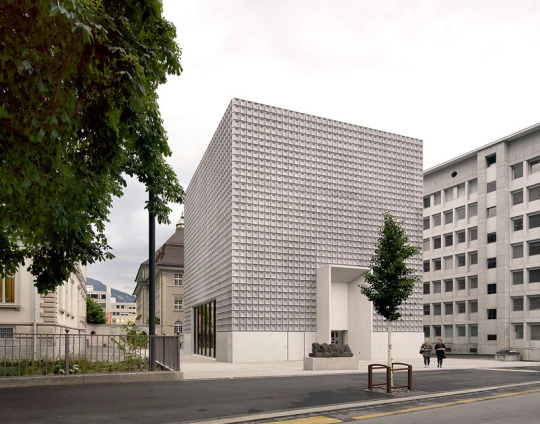

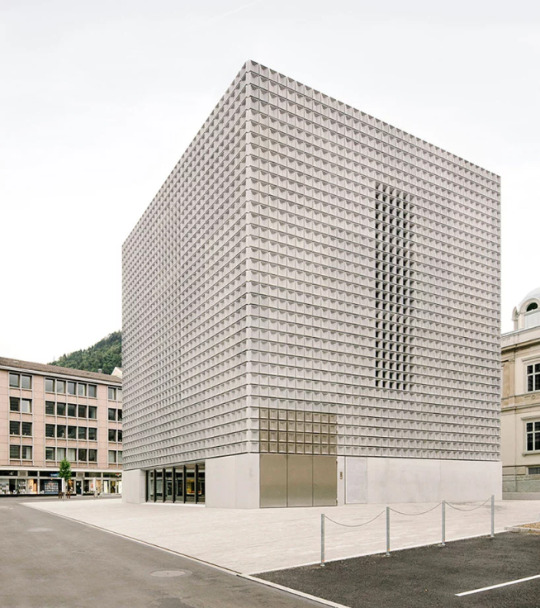
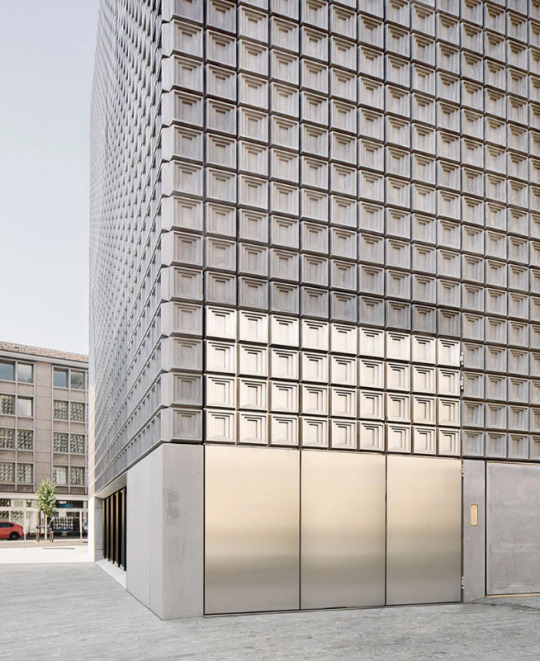
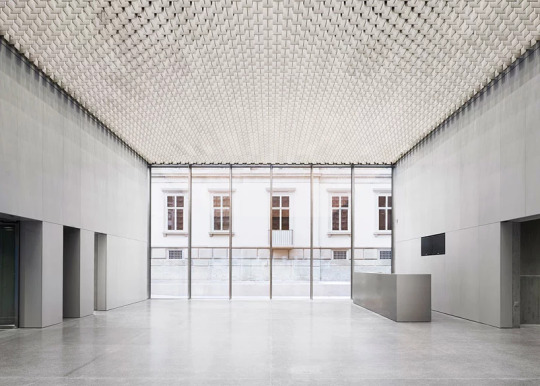

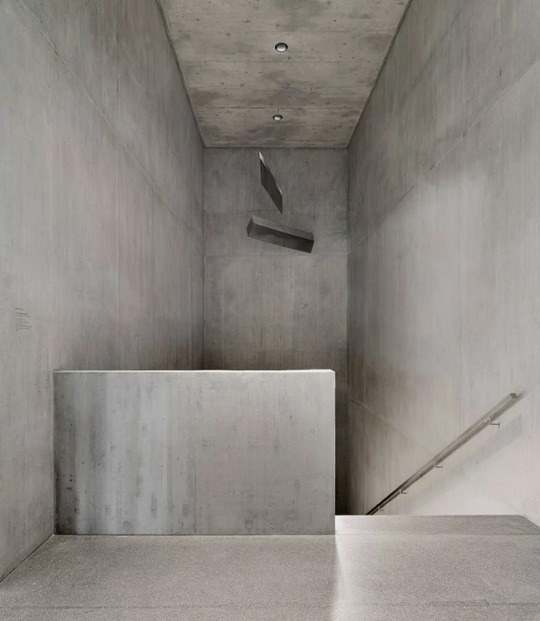
Museum of Fine Arts, Chur, Switzerland - Barozzi Veiga
https://barozziveiga.com/
#Barozzi Veiga#architecture#building#design#modern architecture#contemporary design#museum#art gallery#fine art#cultural architecture#interiors#staircase#concrete#patterns#facade#gallery space#switzerland#spanish architecture#beautiful architecture#public square
339 notes
·
View notes
Text



Mollayaghoub Synagogue/ Isfahan/ Iran
Photography: Saeed amini
#iran#middle east#persian#iranian#persia#farsi#art#culture#architecture#Jewish#Synagogue#iranian Jewish#hebrew
2K notes
·
View notes
Text
Tonight russia attacked the historic center of Odesa with ballistic missiles (again). Damaged museums, philharmonic, people’s houses. Bristol Hotel suffered the most damage. Architectural monument, built over 125 years ago, survived WWII, but not “great russian culture”. The historical site of Odesa is protected by UNESCO (as if it means something).
russia gradually destroys beautiful European city i love so much. That’s the only thing barbarians are capable of: destruction.
russia bombs Ukrainian cities daily. It targets civilians, critical infrastructure, churches and historic landmarks.








PS: There were so many explosions, my cats are horrified; every time i tried to feed them, there was another strike. One of my cats threw up because of stress.
Do you know how much time we have to get to safety during ballistic attack? 2-3 minutes (not that there were safe places to begin with: for example, in today’s attack a woman was injured while hiding in a bomb shelter).
Idk why I’m writing this, no one gives a fuck anyway.
PS2: that’s how the Bristol Hotel used to look:


#genocide is russian culture#odesa#ukraine#russian war crimes#russian war on ukraine#russia is a terrorist state#architecture#personal
1K notes
·
View notes
Text
"The agricultural warehouse has remained untouched since the end of the Edo period. To respect this important historical context, we decided to carefully restore it by using the same traditional materials for the façade and imposing doors. Inside, to house the restaurant, we dismantled the second story's flooring to create a light well that would enhance both volume and light, displaying the beautiful wooden skeleton's structure. The dismantled wooden flooring was later refurbished and used as a cladding material for the inside peripheral walls. The wall facing the counter is cladded with locally grown cedar. The overall feeling is as if we were standing on a very old tree trunk, giving a sense of warmth and safety."
#Arima’s Warehouses#1110 Office for Architecture#Kawasaki#Japan#Renovation#Historical renovation#cultural architecture
0 notes
Text





Wuzhen 乌镇 is a historic town located in the north of Zhejiang Province, China. It was first built in the 7th century during the Tang dynasty, and is characterized by its Jiangnan (region in eastern China) style architecture.
It lies within the triangle formed by Hangzhou, Suzhou and Shanghai. It has a total population of 60,000.
Wuzhen has been the permanent host place of the annual World Internet Conference, an international Internet conference held in China, since 2014.



#china#🇨🇳#chinese heritage#chinese culture#chinese#people’s republic of china#prc#chinese architecture#chinese history#sino#Jiangnan#east china#Eastern China#historic towns#chinese historic towns#Chinese historic cities#historic cities#Jiangnan architecture#jiangnan Culture#Zhejiang#Zhejiang province#wuzhen#traditional#traditional architecture#Traditional Chinese culture#River houses#canals
718 notes
·
View notes